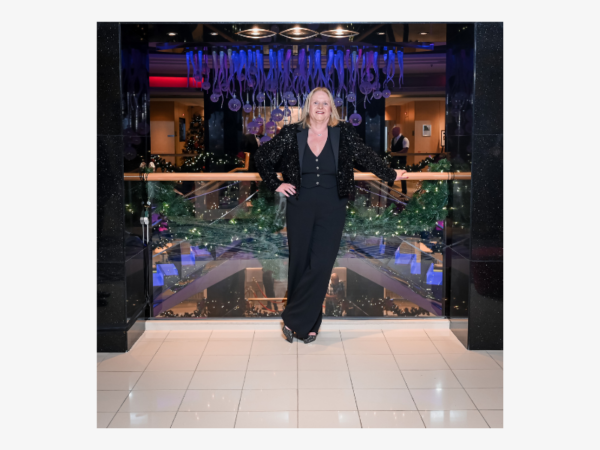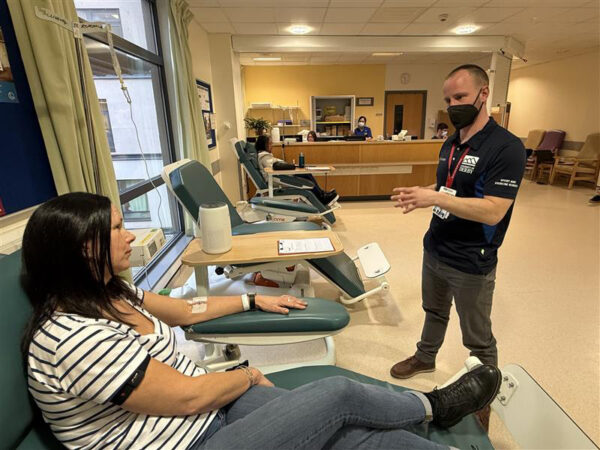Latest News | 25 June 2024
How standing together is helping Derby achieve
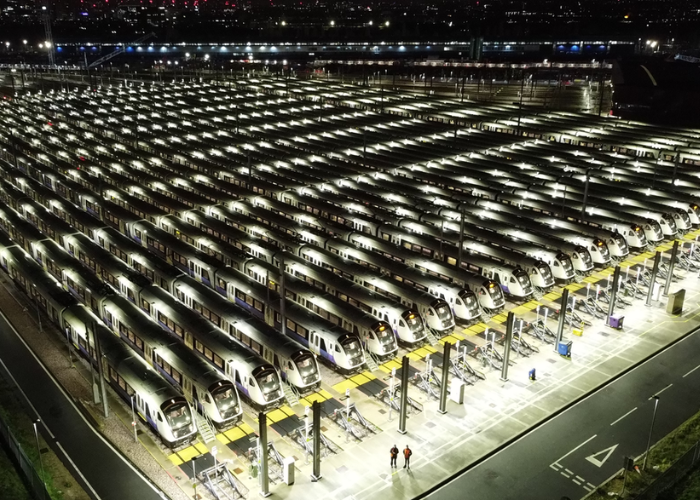
I’m lucky in that my role entails meeting people from outside of the city, many of whom often comment without any prompting, that in their experience, one of Derby’s key differentiators from other places is our willingness to come together in common cause.
Often referred to as “Team Derby”, this can mean the city pulling together to win something – a perfect example being the successful campaign to become the headquarters of the new Great British Railways government department –or, equally, to protect something of importance to the city: the recent campaign to save train building at Alstom being a case in point.

Marketing Derby is a manifestation of this #teamderby collegiate approach to place and we are the pretty unique as an Investment Promotion Agency.
A genuine Public-Private-Partnership – funded 50/50 by businesses and the State, with over 350 bondholders and a board of directors that includes the leader of Derby City Council as well as diverse businesses from Rolls-Royce to SMEs.
We organise many Team Derby initiatives, for example, the Derby City Lab, the Derby Food and Drink Awards, the Derby Property Summit and, of course, we produce this Innovate business magazine.
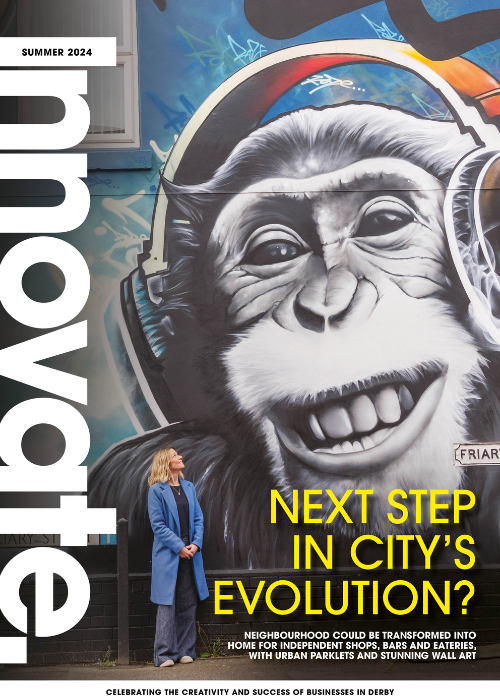
Furthermore, we are the only IPA to win the King’s Award for Enterprise in Innovation, the de-facto MBE for business.
Each new year, as we hold our Annual Business Event at the Derby Theatre, I look out at the packed forum of over 500 people and comment from the stage that ‘here, in this room, is Team Derby’.
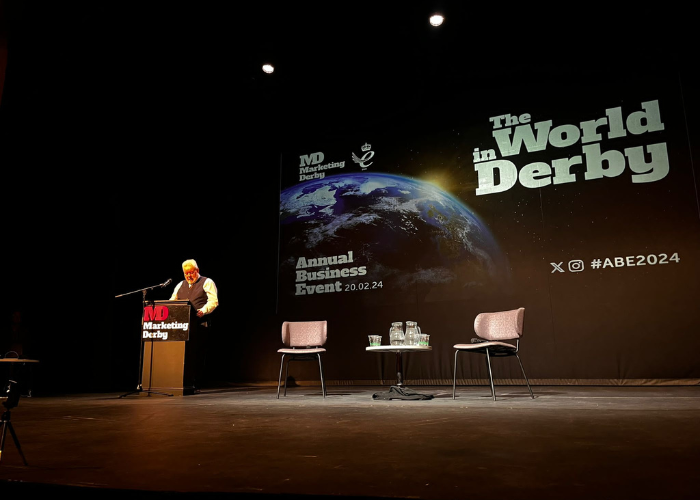
This year’s ABE had a typical team Derby vibe. We hosted presentations ranging from Vic Handley, who at 70 years old is going to row single-handed across the Atlantic Ocean, through to the ‘prawn king’, Steven Thai, who came to the UK as one of the Vietnamese boat people, and now owns a massive import business, Ocean King. Other presentations included two of Upbeat Clean’s more recent refugees, now true Derbeians, from Latin America and Africa.
I feel the same about our London Embassy held each autumn, when over 250 attendees invest most of their day to travel down to London and fly the flag for their city in one of the capital’s salubrious locations.
I’ve calculated that in any one year, Marketing Derby has face to-face contact with over 10,000 people, not to mention the tens of thousands that we interact with online.
However, whilst Marketing Derby has a pretty good finger on the #teamderby pulse, the truth is that no single organisation or event can lay claim to being the actual Team Derby.
I see #teamderby as multifaceted, diverse, instinctive, bottom-up and top-down – a place-based culture if you like.
The recent Alstom campaign was instructive in how quickly this culture can be activated.
It’s no secret that the rail sector in Britain is fragmented and one consequence of this is the feast and famine approach to rail procurement. As 2023 rolled on we were exiting feast and entering famine. The threat to the future of train manufacturing in Derby was real as Alstom had simply run out of work.
For almost a year, talks had been held between the company and government – the nexus of which was that by early 2024, Alstom faced a two-year gap before the next wave of manufacturing trains, for HS2, kicked in.
A brief campaign to lobby Parliament was held in December 2023, a classic #teamderby collaboration between, unions, management, civic, political and business leaders.
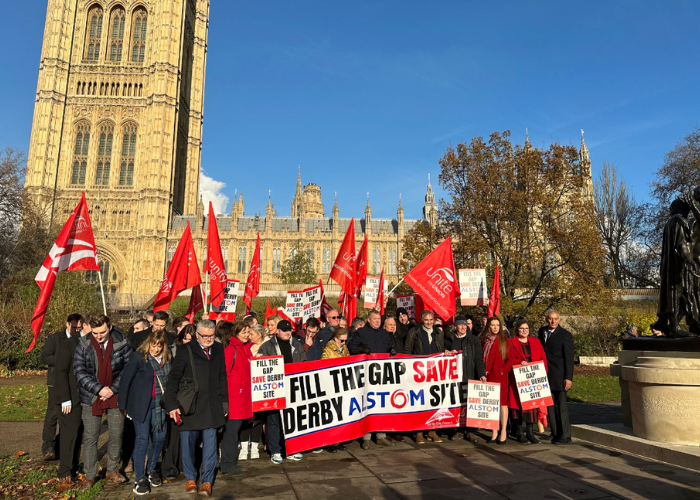
We thought that might be enough but as the weeks ticked away, it became clear that although talks (now being described as intense) were continuing, the day of reckoning was drawing closer with no solution in sight. Jobs losses seemed baked in and closure was a reality.
Astonishingly, all that was needed to keep the Litchurch Lane factory open was confirmation of ten new trains for the Elizabeth Line.
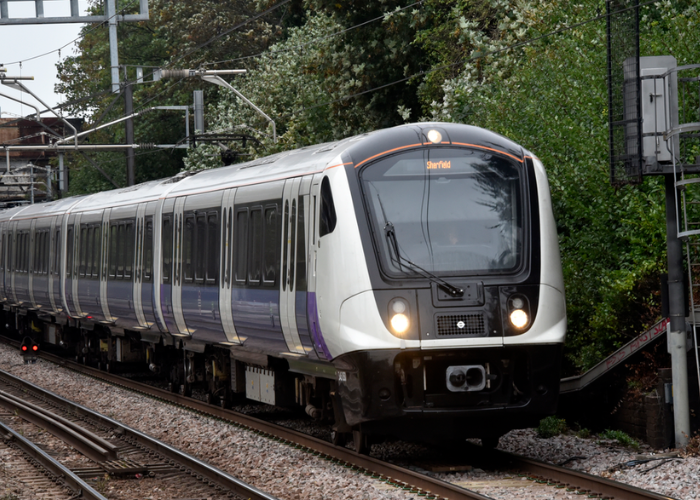
Previously known as Crossrail – a new, fast east-west line across London – Alstom had already designed, built and delivered 630 train carriages and the Elizabeth Line was quickly exceeding all projections.
Transport for London desired another ten trains, but the Treasury was only prepared to fund five. Alstom had made clear the larger order, of ten, was needed to mobilise the supply chain and protect the factory during the HS2 hiatus.
So, at stake was 185-years of manufacturing, the last factory in the UK to be able to design, build and test new trains, over 1,000 jobs at Alstom, up to 5,000 jobs in the wider supply chain and a promise by Alstom to make Derby the global centre for its new commuter train – all for the price of five trains.
As talks dragged on, it was agreed to escalate efforts to support Alstom and we created the Save Our Trains – Do the Deal! campaign.
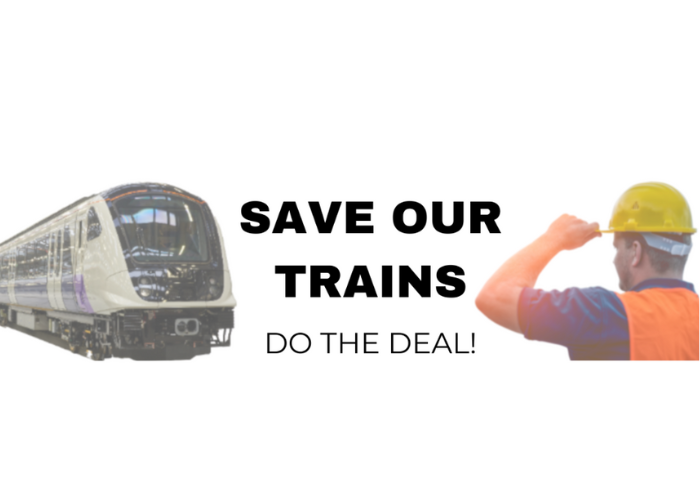
Worryingly, we’d been here before, back in 2011, when a massive campaign was held to save Bombardier from closure following the award of two multi billion contracts using UK taxpayers ‘money to pay for trains to be built in Japan and Germany to be used in the UK.
The campaign then was long and involved lobbies, petitions and marches.
This time the effort was short and sharp and the Team Derby angle kicked in very quickly.
Over 500 businesses – Marketing Derby Bondholders and Chamber of Commerce members – signed up as supporters, many writing to MPs and the government. Local print and broadcast media led with the campaign, as did regional and nationals.
Newspapers such as the Financial Times, Independent and the Guardian carried features, as did the BBC Radio 4 flagship Today programme.
Derby County – itself a beneficiary of the #teamderby approach during its dark days of administration – promoted the campaign on its massive Pride Park Stadium scoreboard screens over two games, meaning exposure to over 60,000 people.
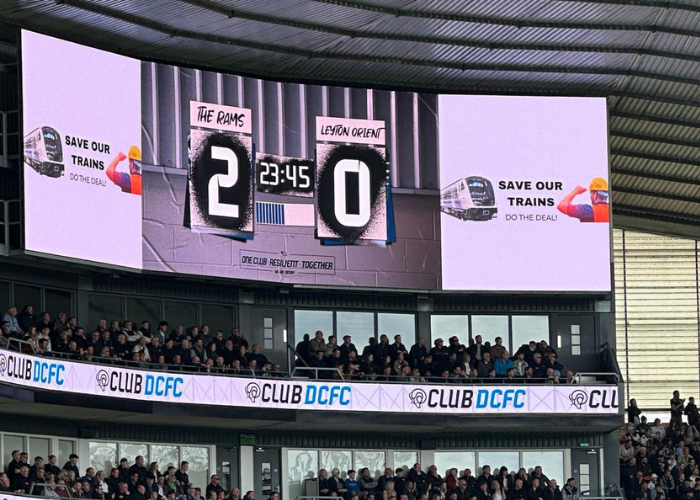
Behind the scenes, civic, political and business leaders –not least Derby City Council, MPs and the Rail Forum – all did their bit to support the efforts of the Alstom team, management and unions.
The result was an announcement by the government that an agreement had been made in principle to fund the additional five trains and, as I write this piece, we wait on the final dotting if the ‘I’s and crossing of the ‘T’s.
The commitment to a #teamderby can include the large campaigns but as important are the smaller local collaborations and interventions that help to shape the place where we live and work.
As a city, we have learnt that standing together can bring positive change and we have developed the relationships and tools to make this happen.

